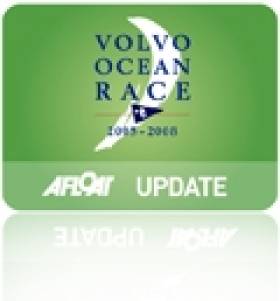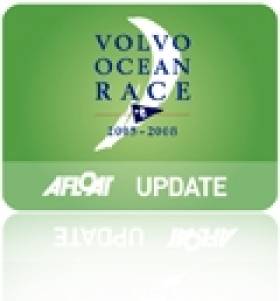Displaying items by tag: new designs
#VOR - The Volvo Ocean Race has launched its search for a team of onboard reporters for the 2014-2015 edition of the epic round-the-world challenge.
For the third consecutive edition, each team taking part in sailing's biggest offshore race will have on board an embedded multimedia reporter, formerly known as an MCM.
For the 2014-15 edition, each onboard reporter must be approved by the Volvo Ocean Race in a step introduced to make sure all teams make best use of the enhanced media capabilities of the new one-design Volvo Ocean 65.
"We're starting the hunt for proven media professionals to tell the real story of this extraordinary race," said director of communications Jon Bramley. "We need people who can be at the top of their game despite conditions that test even the world's best professional sailors to the core."
Selected candidates will be required to spend five weeks at the Volvo Ocean Race headquarters in Alicante, Spain for training. Those approved will then be matched up with one of the teams for the pre-race period plus the event itself.
Interested candidates should send a CV and covering letter to [email protected]. More details on the job can be found at www.volvooceanrace.com.
VOR 65 Designers Promise 'Very Forward Thinking' Boat
#VOLVO OCEAN RACE - Fans of the Volvo Ocean Race should expect a "very forward thinking" design for the new 65-foot one-design planned for the next two editions of the round-the-world challenge.
"The overwhelming impression will be of a top-level grand prix racing boat," says Patrick Shaughnessy, president of Farr Yacht Design - the company responsible for the new design.
"When you come down the dock you're gonna see a boat that's really cool," he adds. "The stem shape has been styled to be emotional, forward looking and be relevant for years to come so it's a boat that's exciting and modern and it's gonna be iconic."
As previously reported on Afloat.ie, the new design will also be lighter and safer, putting less on an emphasis on physical strength, and paving the way for women's teams to be competitive in the race once again.
The €4.5-million VOR 65 is currently being designed at Farr's facility in Annapolis, Maryland in the USA. The company's progress has been recorded in a series of videos posted on YouTube.
Sail World has more on the story HERE.

























































